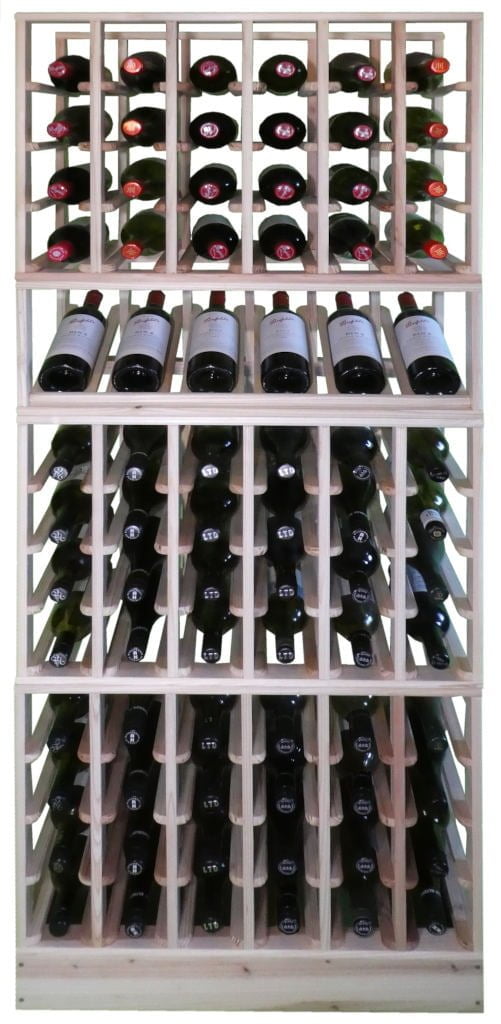There are a number of factors that determine the suitability of wine for Cellaring. As a collector the first and best place to determine this suitability is from the Vineyard that produced the wine and the indications on the label. There are four principle characteristics that vineyards will consider to determine if a wine should be cellared prior to be consumed. A wine that ages well for 10-15 years will not have had a chance to develop in the first few years and so will not have the same depth of character immediately after production. The four traits that wine producers look for in an age-worthy wine are acidity level, tannin structure, alcohol percentage and residual sugar.
Acidity
Wines with higher acidity tend to last longer. As a wine ages it slowly loses its acids and flattens out. A wine that starts its existence with lower acidity will probably not make it in the long haul. Acidity is highest in wine grapes just before the start of veraison, which ushers in the ripening period of the annual cycle of grape vines. As the grapes ripen, their sugar levels increase and their acidity levels decrease.
Tannin acts as a structural component and red wines with higher tannins tend to age better than lower tannin red wines. Tannins come from contact to the pips and skins of the grapes during wine making and also from oak aging. A wine with well balanced tannins (where there is a balance between ‘grape tannin’ and ‘wood tannin’) will slowly “smooth out” over time as the tannins break down. Despite the fact that tannins can help make a wine age well, if the wine is not well balanced to begin with, it will never improve over time. There are many long-lived white wines and white wines do not need tannin to age well.
Alcohol Level
Alcohol is volatile in non-fortified wines and causes wine to turn to vinegar more quickly. Generally speaking, the lower the alcohol level in a non-fortified wine the longer it will last. There are, of course, exceptions to the rule. However this is the case for many dry red and white wines. When seeking out a wine for aging, I check the alcohol level and hope for an ABV below 13.5%. Despite the fact that high alcohol ruins normal still wines, fortified wines are perhaps the longest lived of all wines with 17-20% ABV.
Residual Sugar
This component of a wine is often overlooked because of the popularity of aging dry wines. As it turns out, the longest lived wines tend to be sweet wines including Port, Sherry, Sauternes, and Riesling.
When considering which wine to store in your cellar think about the following. Is the wine designed for long term storage. Is the wine designed to age. Is the wine for your pleasure short term or long term. Is the wine a collectable vintage. Is the grape or varietal appropriate for storage. When would you like to enjoy the wine?


